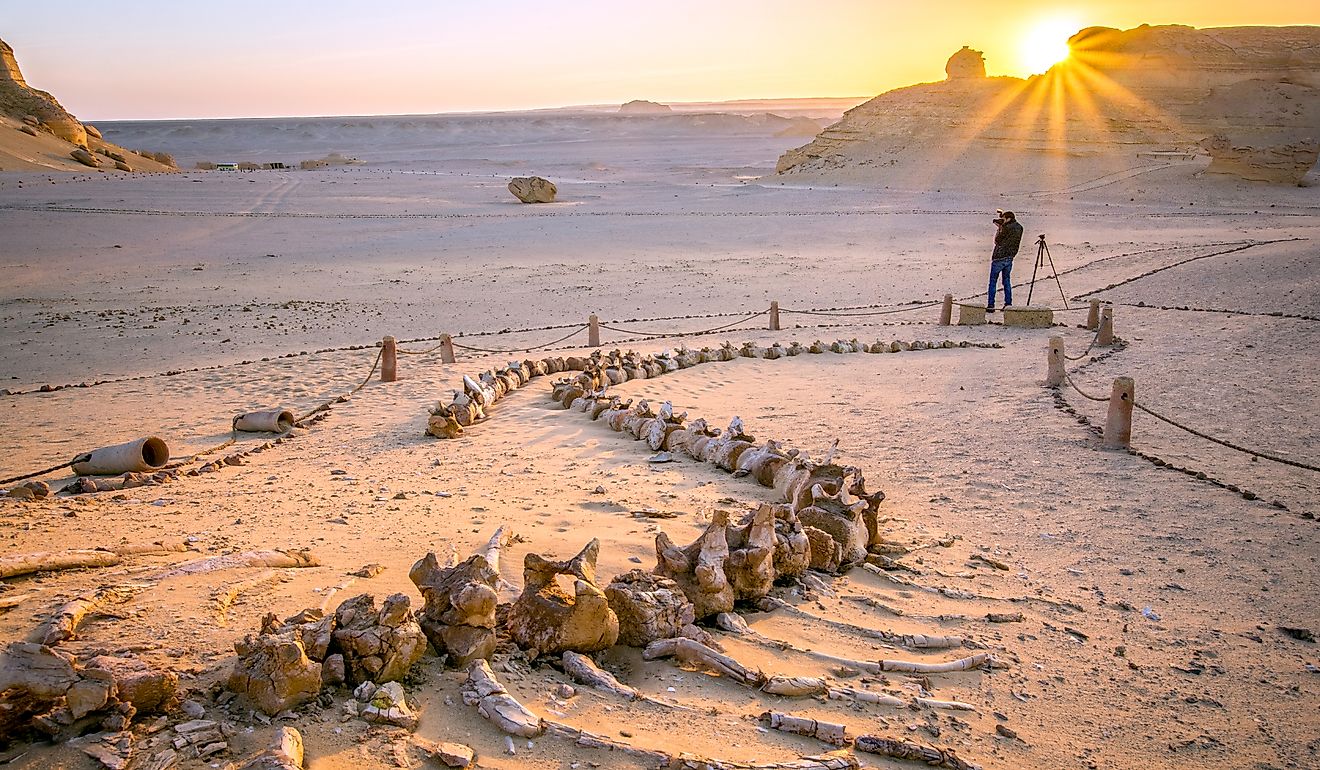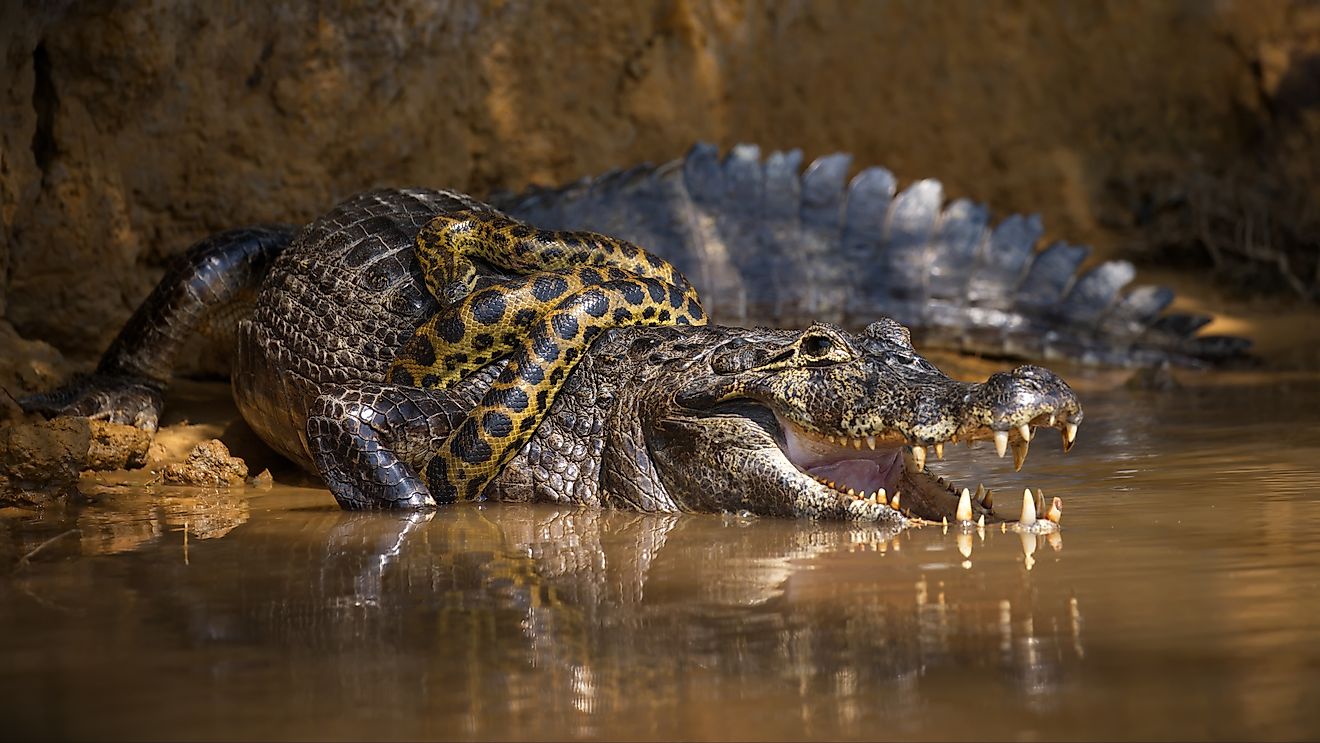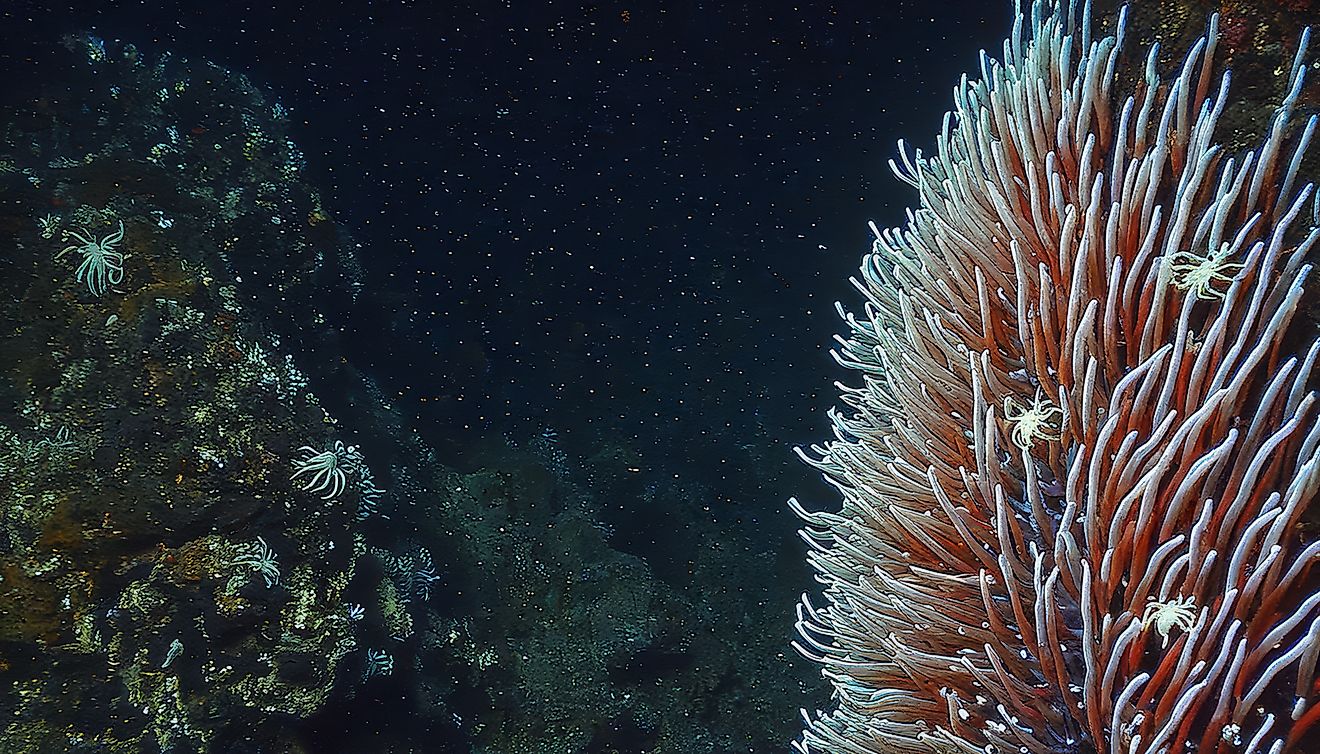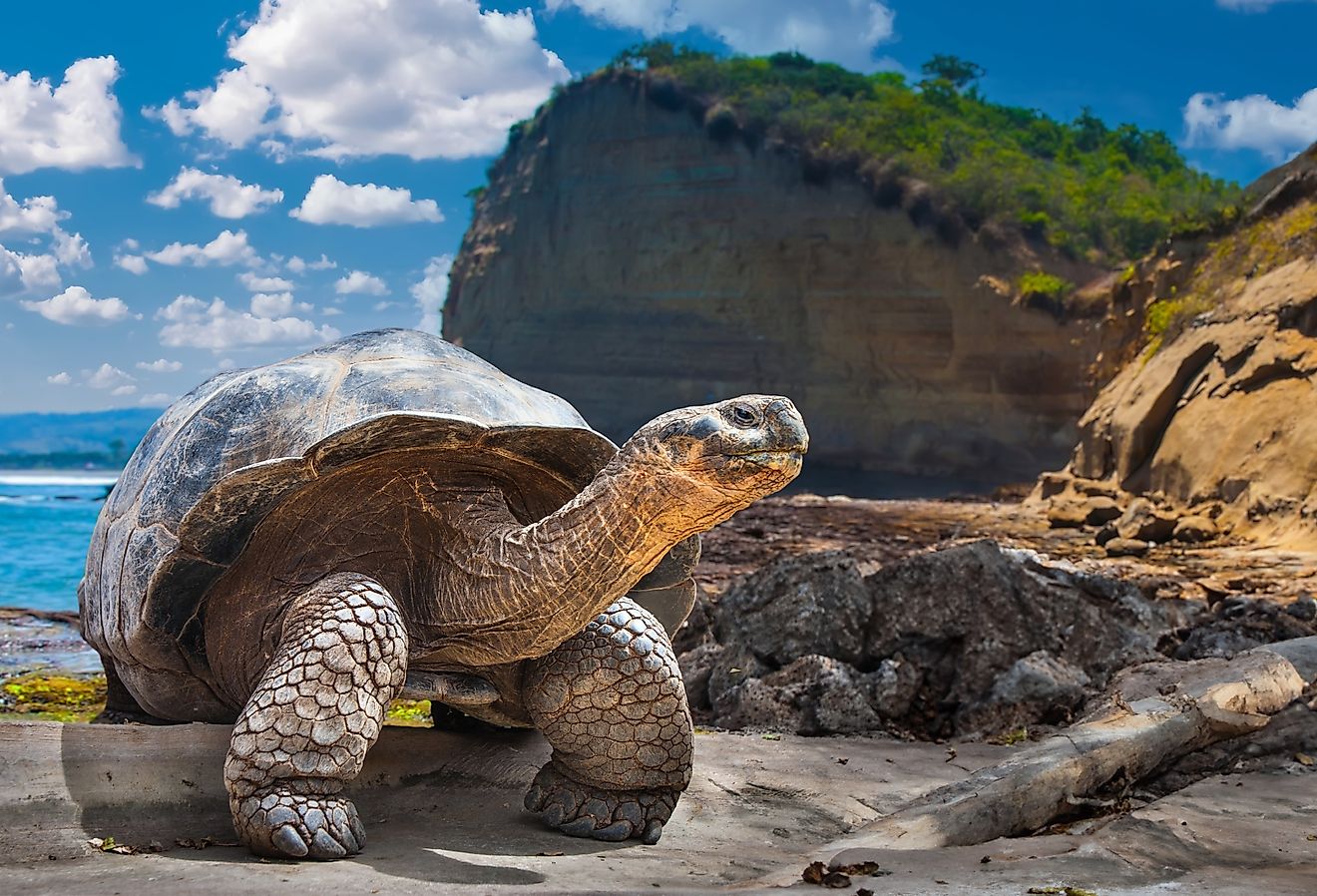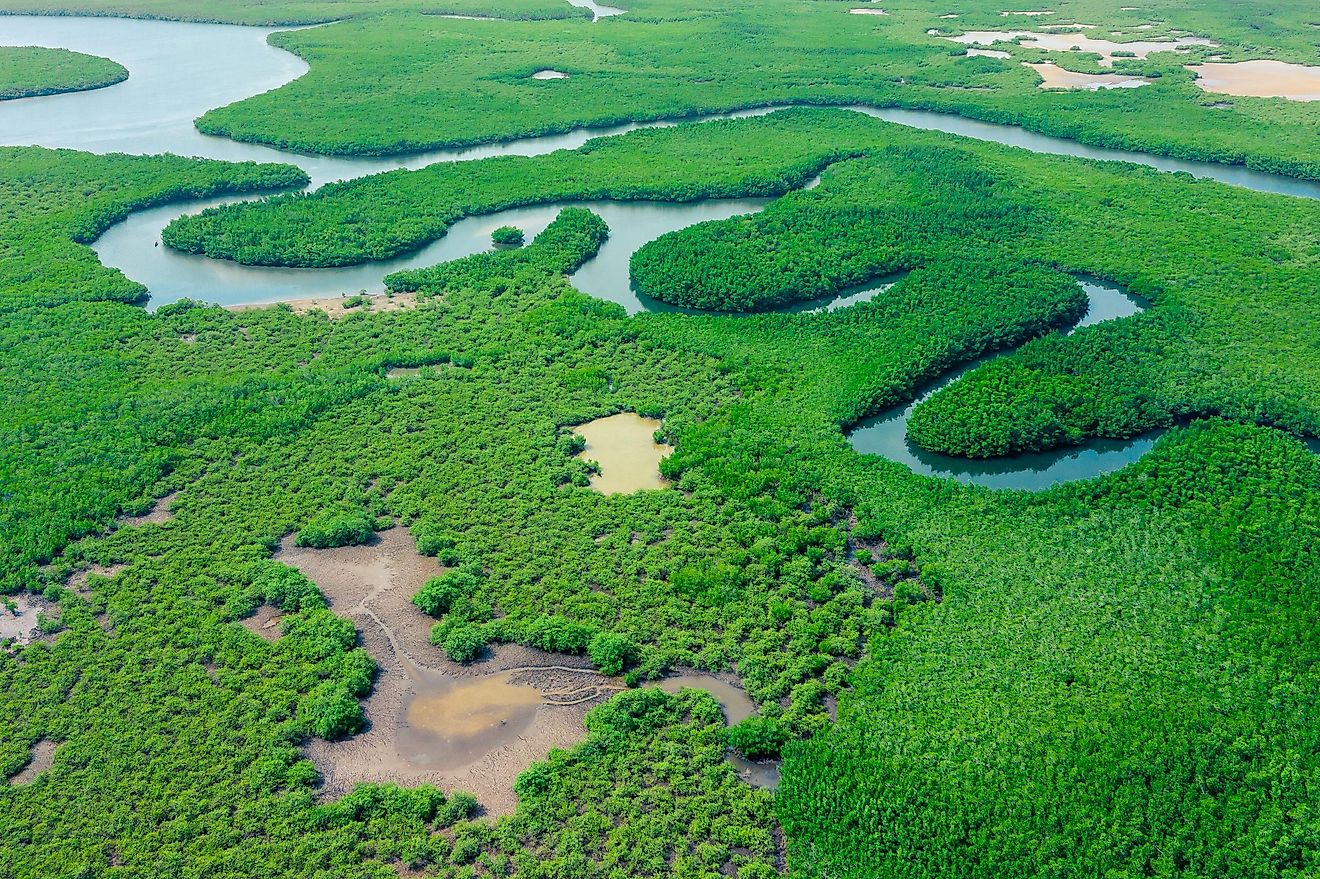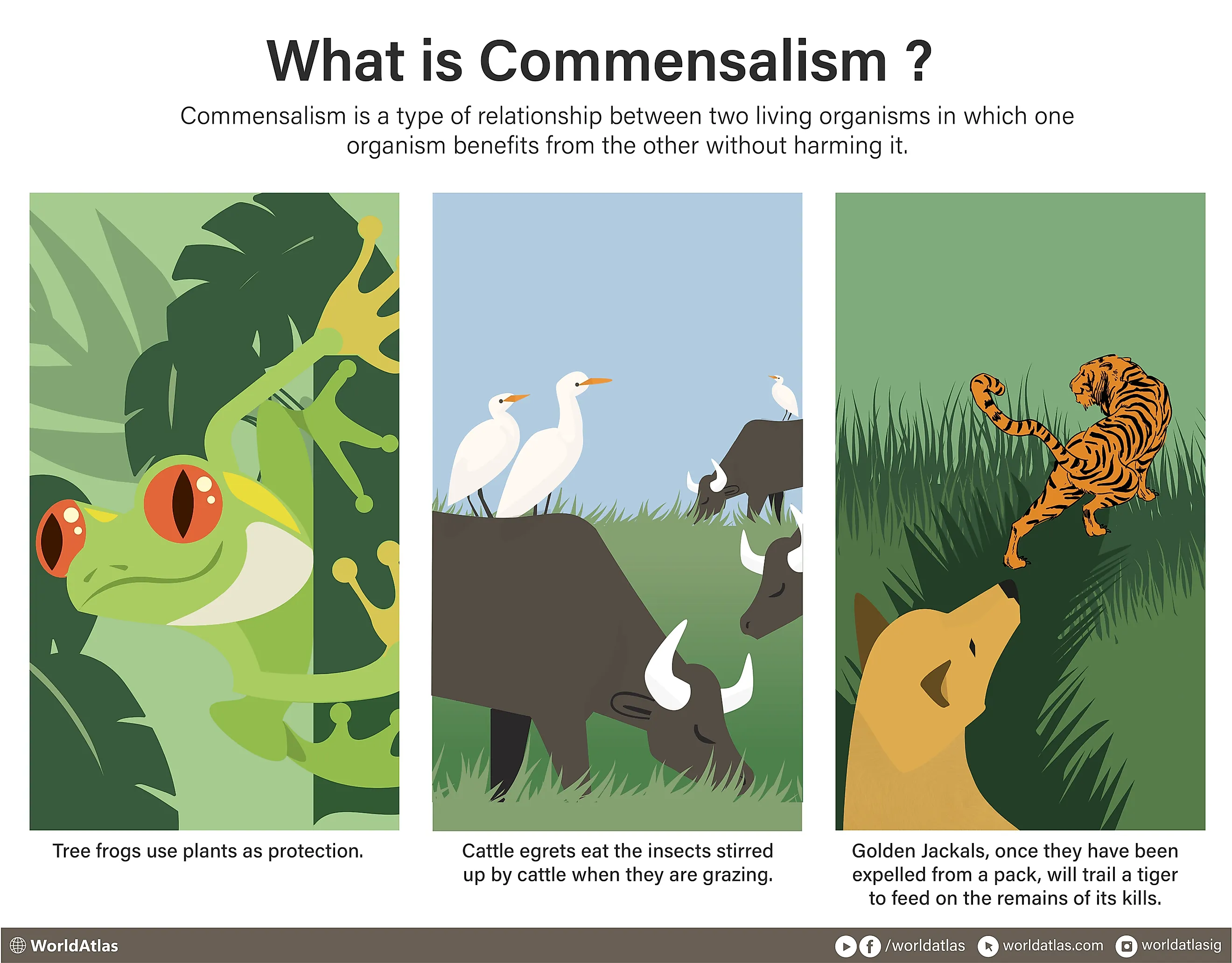
What Is Commensalism?
The natural world can be both cruel and cooperative. Competition for limited resources, hardwired survival instincts, and sometimes even passive behaviors result in a variety of interspecies relationships. Commensalism is a form of symbiotic interaction in which one entity (the commensal) benefits while the other (the host) is unaffected or not significantly harmed.
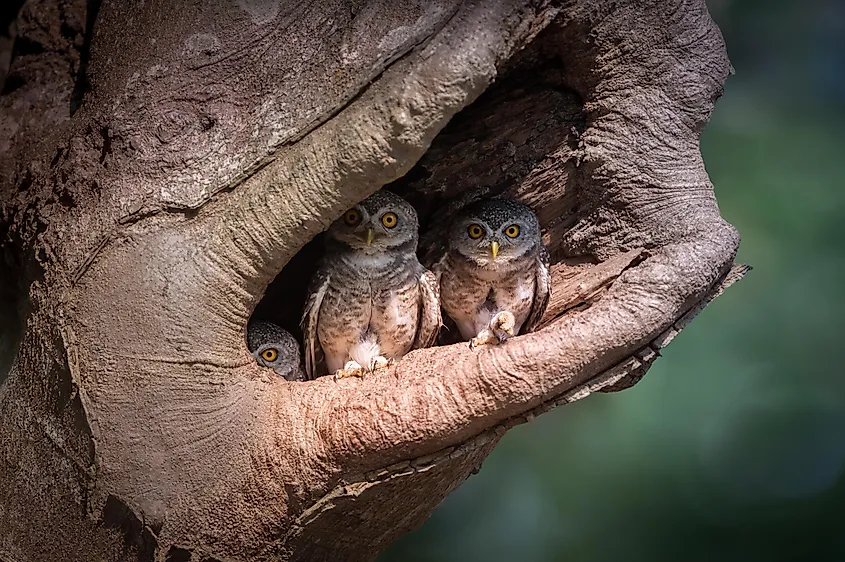
There are many amazing examples of commensalism in nature, such as remora (aka "suckerfish") hitching rides on sharks or orchids growing on trees. Today, we will hone in on necessary terminology while also examining other examples that highlight the nuance between commensalism and symbiotic relationships.
The Five Types Of Commensalism, Definitions & Examples
The three most frequently discussed types of commensalism are Inquilinism, Phoresy, and Metabiosis. However, since some authorities delve a little bit deeper, the following table highlights two more types: microbiota and chemical.
| Type | Definition | Example | Note |
|---|---|---|---|
| Inquilinism | One organism uses another for shelter or support | Birds nesting in trees |
Debate on whether certain forms are parasitism |
| Phoresy | Uses a host for transportation | Millipedes by birds |
May be necessary for survival (obligate) or a nonessential bonus (facultative)
|
| Metabiosis | Benefits from the environment of a deceased organism | Hermit crabs in shells |
Maggots spawning on a rotting carcass is an example of short-term metabiosis
|
| Microbiota | Microorganisms within a host | Gut and skin flora |
In some cases, this relationship has been proven to be mutualistic (ex. probiotics)
|
| Chemical | Consumes waste products of another | Microorganisms on excretions |
Less common example
|
Inquilinism
Inquilinism is a specific form of commensalism whereby one species dwells on another throughout its lifetime. The term is also used to describe species that live within the burrows, nests, or dwelling places of a different species. The duration of such a relationship is viewed as permanent. In this type of commensal relationship, the organism living on or within the dwellings of another is termed the “inquiline.” Examples of inquilines include squirrels nesting in trees or woodpeckers drilling nests in cacti. In both these cases, the plant host is unaffected, whereas the commensal gains a safe living space. Another example of such a relationship is between gopher tortoises and approximately 358 other species. Gopher tortoise burrows can reach 10 feet in depth and 35 feet in length, thereby offering many organisms a well-insulated refuge. Among the inquilines that dwell in these burrows without affecting the tortoises are dung beetles, gopher frogs, and various snake species such as pine snakes and Eastern indigo snakes. Similar relationships are witnessed in the invertebrate world, as a wide variety of insect inquilines live in the nests of social insects, such as ants and termites, without producing any effect on the hosts.
Phoresy
Derived from the Greek word “phorein,” phoresy is a commensal relationship whereby the commensal uses the host for the sole purpose of travel or dispersal. Contrary to inquilinism, phoresy is temporary and has an overall short duration. This is because once the commensal has reached its desired destination, the relationship between the two species comes to an end. Within such a relationship, the commensal is termed a “phoront.” One such example is the relationship between barnacles and whales. As phoronts, barnacles latch on to whales for transportation as they cannot move on their own. Whereas barnacles get to traverse great distances in such an association, the whales they attach themselves to remain wholly unaffected. Another example of phoresy is how mites and ticks attach themselves to other animals to move from one area to another. One aspect of note is that phoresy is not limited to animal phoronts, as some plants disperse by having their seeds attached to other host animals. Noxious weeds are one type of plant that utilizes such a seed dispersal method, as their thorny seeds readily attach to animal fur.
Metabiosis
This interspecies relationship is more indirect than the previous two types of commensalism. Simply put, metabiosis is when one species indirectly creates a favorable environment for another species. An instance of metabiosis occurs when orchids or ferns, also known as epiphytes, grow on the branches and trunks of trees within dense tropical forests. Such tropical forests contain dense canopies that heavily limit the amount of sunlight reaching the understory. In turn, epiphytes rely upon tall trees that create the necessary conditions for their survival. By growing on such trees, epiphytes attain the necessary support and sunlight levels required to photosynthesize. Yet, the host plant remains entirely unaffected by the growth of such epiphytes. Other examples of metabiosis include hermit crabs using the shells of gastropods for protection and maggots developing on corpses.
Origin of the Term
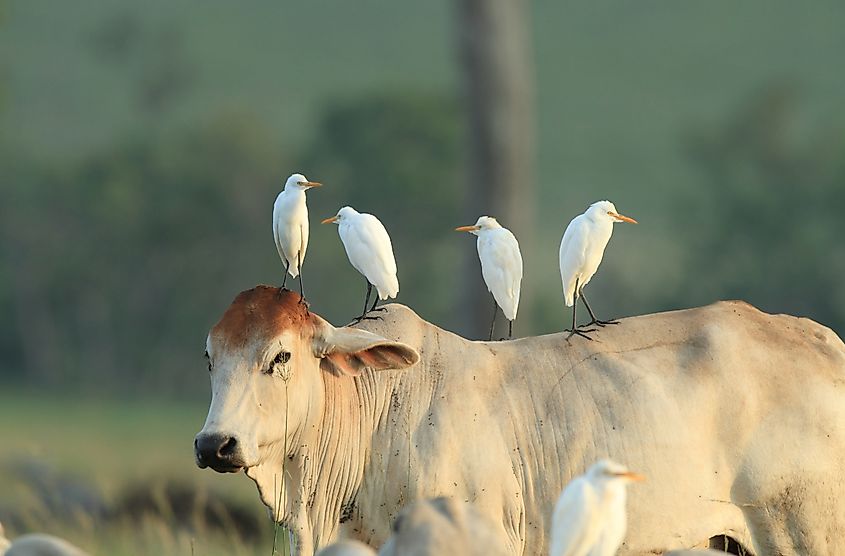
The term commensalism was first invoked by Belgian zoologist/paleontologist Pierre-Joseph van Beneden to describe the relationship between predators and scavengers. While some animals may fight over a kill, many scavengers wait until the lions, tigers, and bears (etc.) have had their fill and then move in to feast on the remnants. Jackals, hyenas, wild dogs, carrion, and eventually, bacteria, can all reap nourishment from what a satiated predator would pass on (i.e. bones and tiny scraps). Commensalism stems from the Latin root, commensalis, which means to "share a table." Beneden also coined the term mutualism - another type of symbiotic relationship in which both organisms or species benefit from the exchange (more on this below).
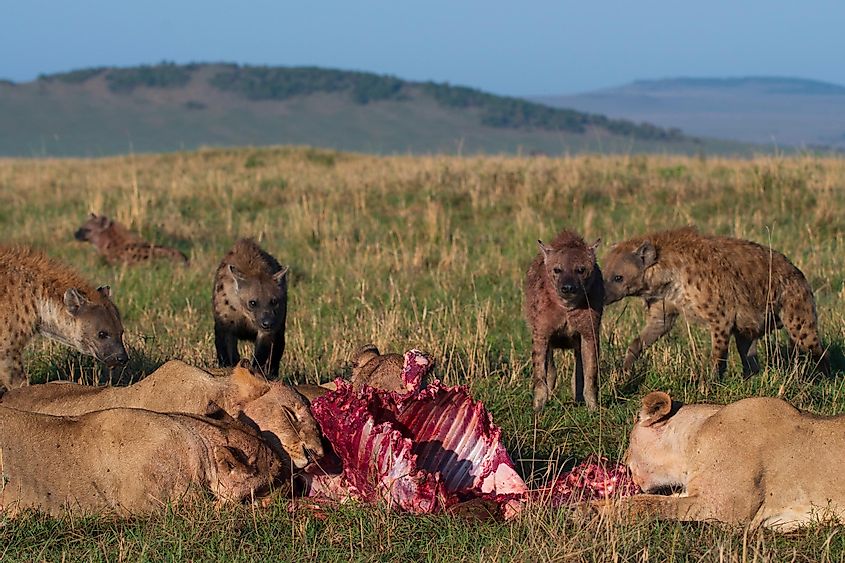
Other Forms of Symbiotic Relationships
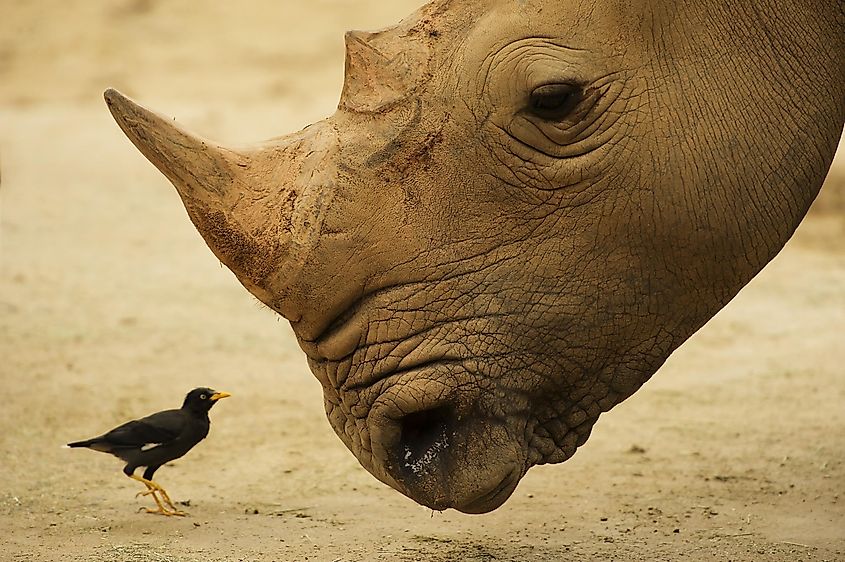
Though the term symbiosis carries positive connotations, there are both beneficial and deleterious symbiotic relationships. Along with commensalism (which produces a net positive result), these are the three additional types of interactions between living creatures.
| Type | Definition | Example | Note |
|---|---|---|---|
| Mutualism | Symbiotic relationship where all benefit | Fungus on plant roots (i.e. a resource-resource exchange) |
Includes service-resource and service-service |
| Parasitism | One benefits at the expense of another | Ticks/fleas on host animals in order to suck their blood |
Ranges from discomfort to death of host.
|
| Ammensalism | One suffers, the other unaffected | Plants overshadowing smaller flora |
Antibiosis is another form, wherein excretions affects another species negatively
|
Contention Surrounding Commensalism
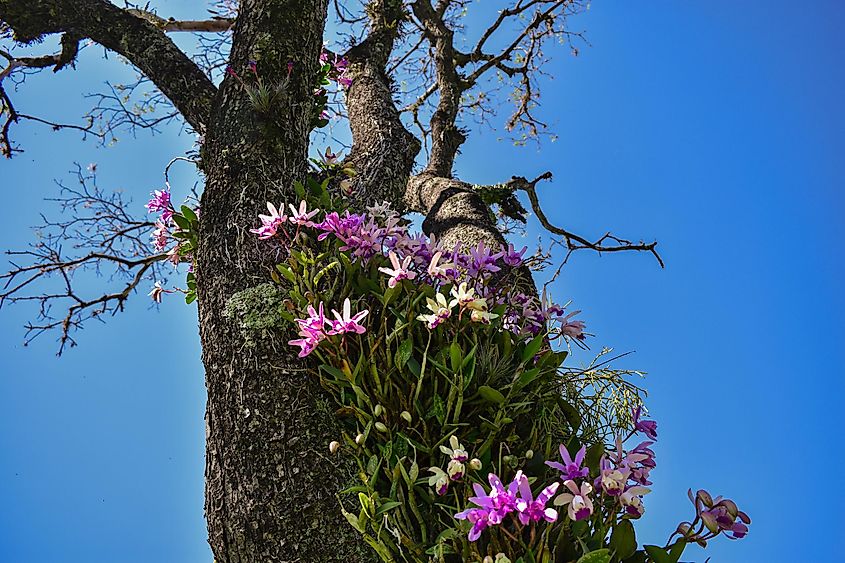
As alluded to in some of the above examples, there is debate surrounding appropriate classifications of commensalism, and even if commensalism truly exists. In many cases, assumptions are made based on what appears to be taking place. It may very well be that after further study, definitions will need to be tweaked. For instance, though it does not seem as though a tree is negatively impacted by the presence of a nesting owl or flowering plants, there could indeed be some minor damage or energy siphoning going on. Perhaps it is best to think of commensalism as an exchange in which no significant harm is done to the host by the commensal.
Final Thoughts
It is not necessarily dog-eat-dog in the wilds of nature. Many species of flora, fauna, and even bacteria have developed forms of beneficial relationships. Sometimes, both parties are served by the interaction (i.e. mutualism), while in the case of commensalism, one party prospers without positively or negatively impacting the other. So the next time you see birds shadowing cattle, or find yourself plucking burs off your pant leg, you will know that a commensalistic exchange has occurred. What other cool examples can you see in the world around you?
